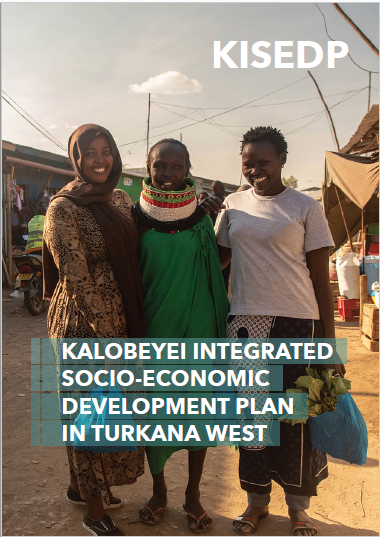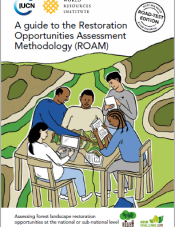A good and shared understanding of the displacement setting landscape is a first step in dealing with “Complexity of social-ecological systems” and “multiple functions and trade-offs”. This includes understanding new social relations and negotiation of access, and use of resources between host communities and other stakeholders.
Identify appropriate landscape scales to address sustainability and resilience
- Undertake biophysical mapping of key resources and sociopolitical and sociocultural boundaries.
Identify key stakeholders in the landscape
- Undertake stakeholder mapping and engagement (refugees, host communities, UN agencies, donors, subnational and national governments, the private sector) identifying needs, roles, interests and influence, including availability of resources, governing rules and regulations.
Identify multifunctionality (synergies and trade-offs) within displacement settings
- Evaluate ecological functions, provision of food/feed and forage, construction materials, shelter and sheds alongside their trade-offs such as degradation, shifting of land uses, loss of biodiversity, conflict and displacement, pollution and waste generation, loss of livelihoods, socioeconomic value of resources, and diseases.
- Assess strengths of social functions, e.g., cultural dynamics, security, knowledge exchange and attainment of unique skills against threats such as conflict, gender-based violence, culture erosion, resource competition and insecurity.
- Explore economic opportunities, such as market developments, trade, industrialization, formal employment opportunities, infrastructure developments, expansion of trade and local development.
Understand governance structures and institutional arrangements
- Assess institutional arrangements, policies and legislation to support integrated landscape development and implementation.
- Assess the multiscale and multilevel governance structures and sociocultural mechanisms in displacement settings at the local, regional, subnational, national and international levels.
- Identify existing land and resources tenure, benefit sharing and conflict resolution mechanisms.
What constitutes a well understood displacement landscape in Kenya?
According to participants at the national stakeholder forum:
A well understood displacement landscape is where information on social license (acceptance of refugees by host community), population, size of landscape, resource inventory, availability of social amenities and food security are well documented, communicated and understood. Relevant sectors, such as agriculture, health, water, energy, environment, water and sanitation, security, technology, trade and transport, collaborate effectively.
Multifunctionality and trade-offs in these landscapes consider:
- Ecological functions e.g., construction materials, woodfuel, feed/food/forage, shelter and sheds, alongside their trade-offs such as degradation, shifting of land uses, loss of biodiversity, conflict and displacement, pollution and waste generation, loss of livelihoods, socioeconomic value of resources, and diseases;
- Opportunity costs for social functions e.g., cultural dynamics, security, knowledge exchange and attainment of unique skills against trade-offs such as conflict (GBV), culture erosion/shocks, transfer of skills, resource competition and insecurity;
- Economic functions such as market developments, trade, industrialization, employment opportunities, infrastructure developments, expansion of trade and local development against issues like remittances;
- Needs of stakeholders (refugees, host communities, UN agencies, donors, county and national governments, the private sector); and
- Availability of resources, governing rules and regulations for order, defined organizational targets and objectives, social amenities, partnerships and collaborations, education to displaced children and access to information.
Source: Gambo J, Njenga M, Sola P, Duba D, Waruingi E, Awono A, Buyinza J, Schure J. 2022. Guidance for a Landscape Approach in Displacement Settings (GLADS): Kenya Case Study. Bogor, Indonesia; Nairobi: CIFOR-ICRAF.










